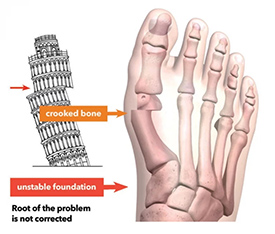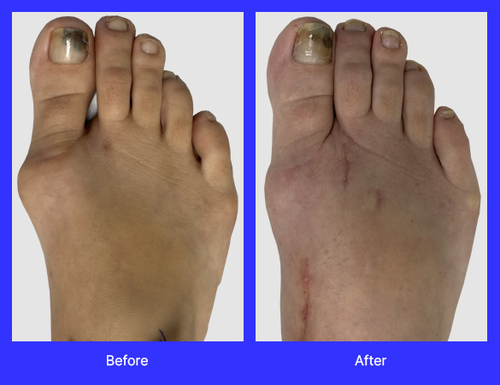
All NEW Lapiplasty® 3D Bunion Correction
Relief is here. Now, there’s a new, patented treatment for bunion correction. Dr. Schoenhaus is offering this exciting, new treatment option which does more than simply remove “the bump”; it addresses your bunion in three dimensions to correct the root of the problem so the bunion does not come back. Advanced fixation technology is used to secure the correction in place, which allows patients to walk within days of surgery. During your consultation with Dr. Gold, he will determine if a Lapiplasty is the best option for you.






